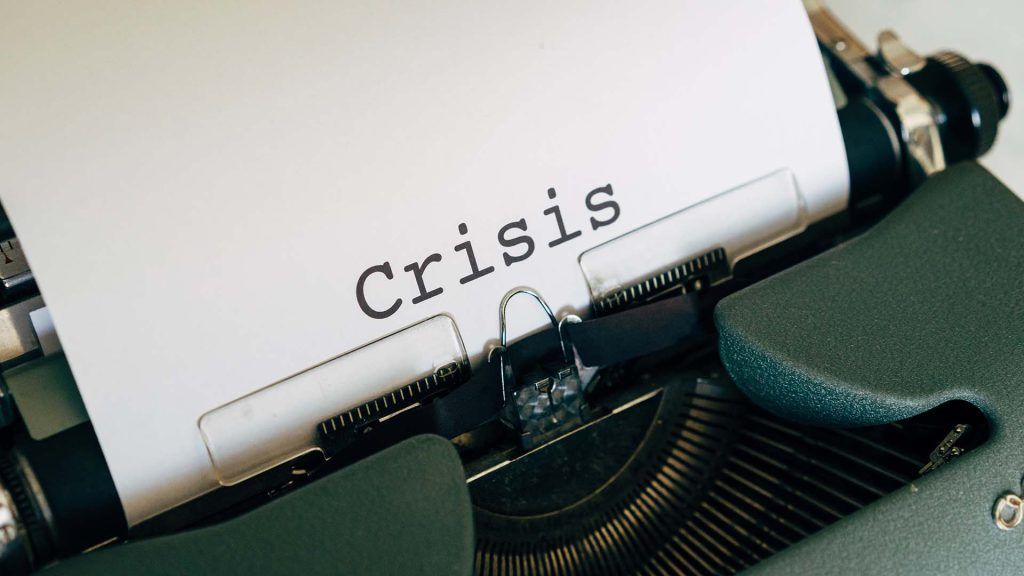The word-wide COVID-19 situation ignited this article. Right after the first waves of its news, we at the Oppmakr Institutecreated a war room for our partners and clients to respond to the imminent crisis. I have always been a fan of pragmatism, which required me to experience what I’m sharing in our war room before writing this article. While the rest of our findings probably end up in a white paper in a few months, I want to share a sneak peek of our strategy toward the COVID-19 situation.
Yes, yes, we did our literature review. Since January 2020, we have digested over 2,000 pages of beautifully designed crisis kits published by BCG, McKinsey, Bain, KPMG, EY, Deloitte, PwC, and almost any consulting firm that has something to say. Still, our partners in the Middle East had big questions regarding “what should they do” in their businesses. What is their immediate next step during the lockdown?
So while the crisis strategy should be different from one company to another, I figured out there is something mutual between the crisis cases that we managed in the think tank.
We found out that the business that put “values before their business models” are more successful in times of crisis. These companies are affected much less by the crisis in comparison to those who protected their business model. So I’d like to argue that when push comes to shove, nothing keeps you safe more than letting go of the way you did what you did and sticking to the value you offer to your customers.
At its core, the COVID-19 crisis translates to “change.”
Mapping the situation on existing managerial tools says that the COVID-19 case is a revolutionary crisis and an enigma in which, while dealing with it, we don’t know what information is needed; yet we are obligated to focus on financial survival and to re-engineer our business. Click on each hyperlinked word to see what model we’ve used.
The moment that I understood we are dealing with a “change scenario,” I thought perhaps we could use the cases that we encouraged to change. In another article, “Change Management Tool: Reza Ghiabi’s 8 Tools to Create Change and Manage it,”I described the nature of change and how we can manage it.
Change feels good when it is within our control (or at least we believe it is). Dozens of tech startup examples created change in an industry and made a fortune of it. From Netflix disrupting entertainment to Spotify disrupting the music industry, change is good when it comes to challenging how we deliver an industry’s value proposition.
Whenever there is change, there are those who win, and there are those who lose.
Looking into Netflix’s case, makes me wonder why an IT company could disrupt the whole entertainment industry?
The answer is simple because the TV networks wanted to protect their business models. They kept trying to sell advertisements while Netflix offered a subscription model (a different business model). We can witness the same pattern with iTunes and Spotify versus the record companies that were still trying to sell album records.
Biomimicry has proven that the same pattern exists in nature. The more flexible the species, the “fittest” they are.
Winners stick to the value they provide, losers to how they deliver it.
When I talk about the value that a business provides, it seems that every business knows exactly what is the core value proposition. Still, you’ll be surprised how little we know about what we are truly selling? As much as I’ve seen, there are a few business leaders who know exactly why people pay them.
Simon Sinek says, “value is a feeling,” and I believe the same. The value proposition your business provides is not the product or service that you offer, it’s not also about the way you present it, but its the feeling that you make in your customers or audience. If they feel your product/service worth it, they’ll pay. If you don’t know why people pay you, it’s a good time to understand. Perhaps you can take a moment to rethink what your true value proposition is, or maybe you can call your previous customers and ask them?
Anyways your value proposition has to be crystal clear to you, or you’ll going to have a big problem when there is a crisis out there.
On the other hand, you have to understand that to survive, sometimes you need to forget about the way you were delivering your value proposition.
I often ask my partners that if they are in the day zero of their businesses, with the existing situation, and today’s tools, how would they deliver their value proposition?
To approach the existing crisis, you’ll need to do as the winners do.
Start by asking these two fundamental questions:
- Why your customers pay you and what exactly you offer?
- If you had nothing, how would you run your business to deliver the same value proposition?
When you have a clear answer to the above questions, the next steps of your crisis roadmap are explicit and you’ll need to act on it.




